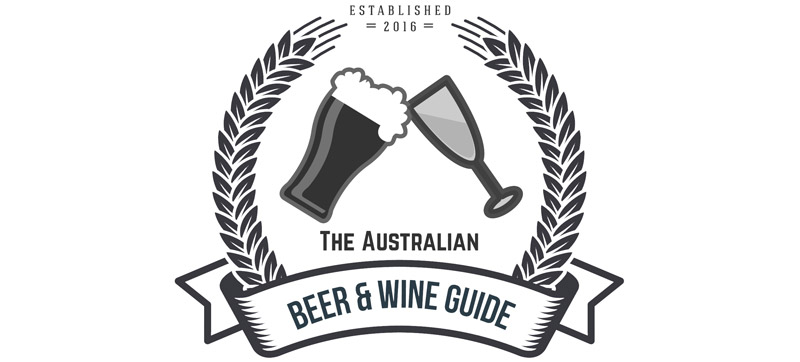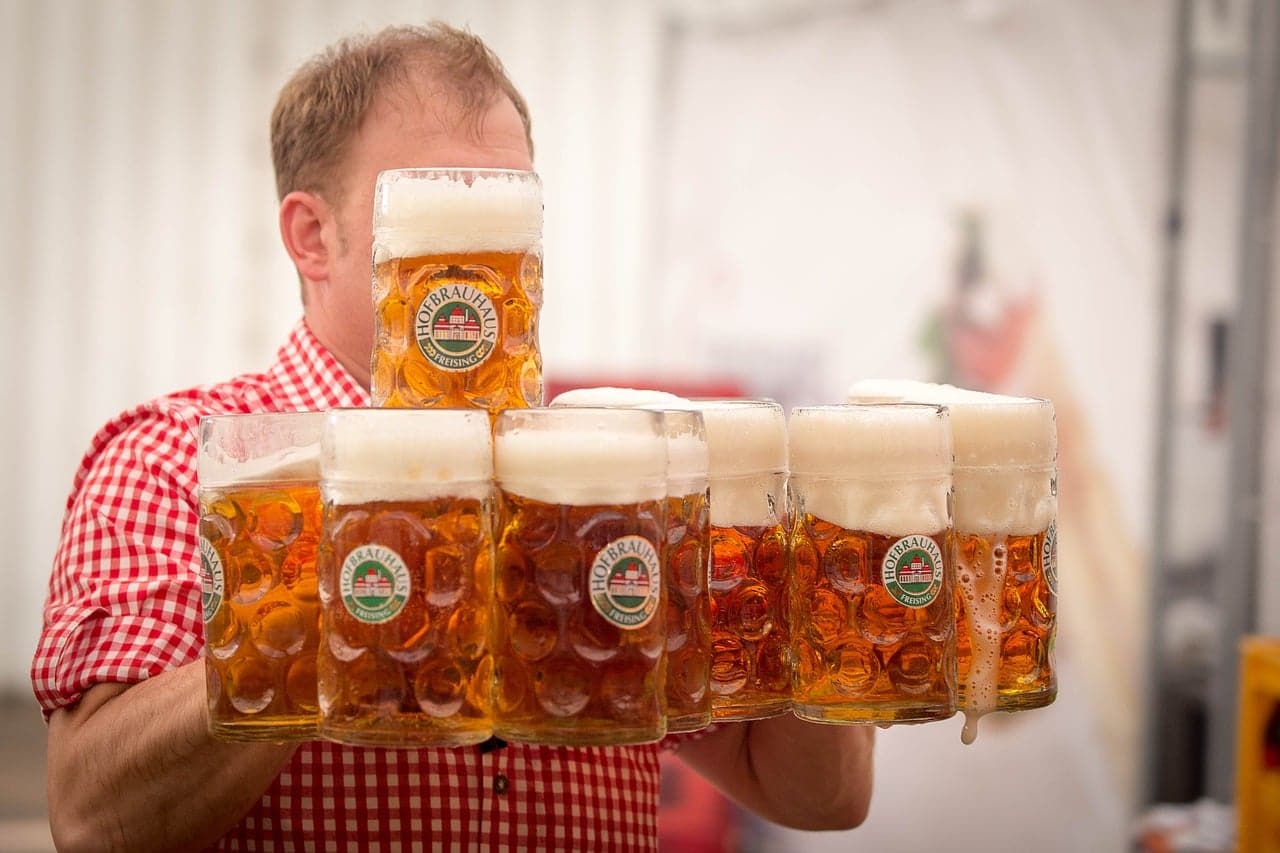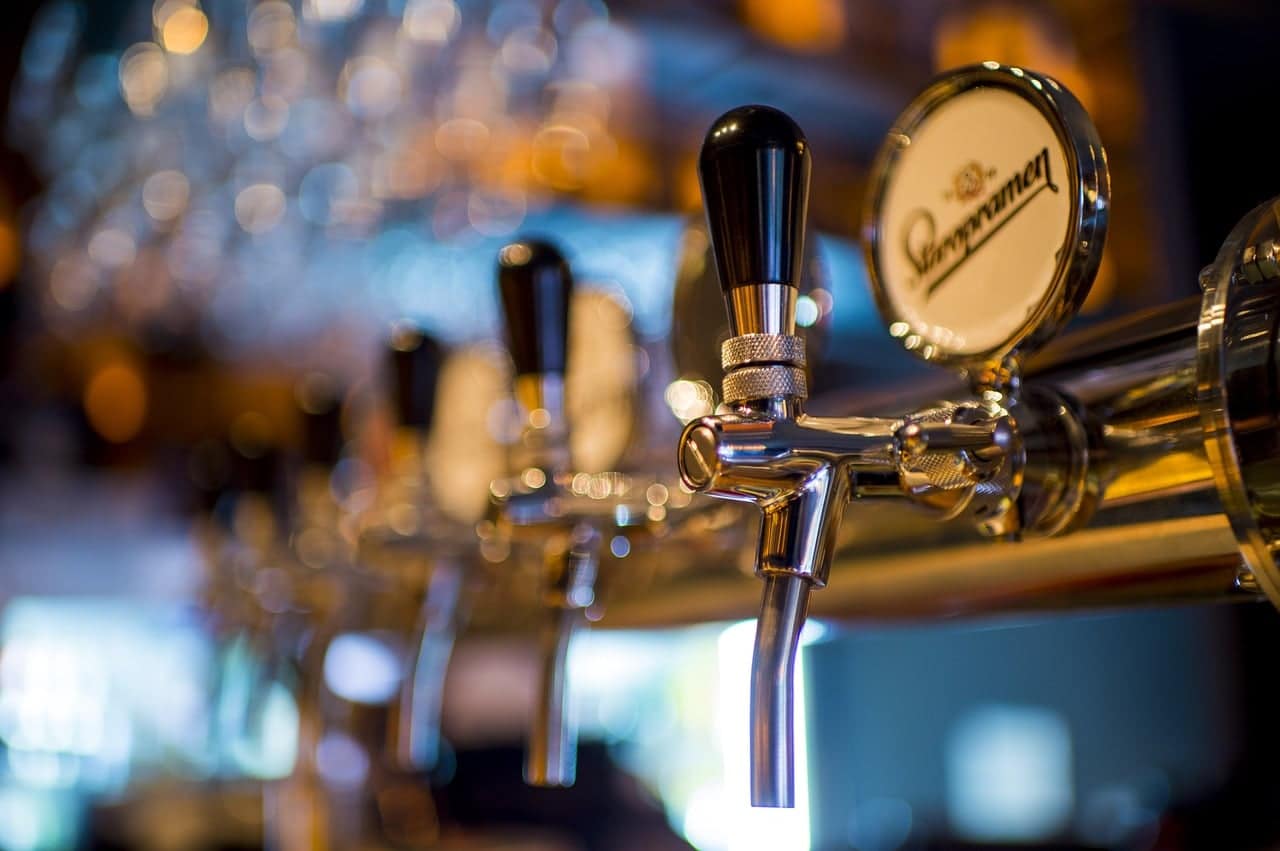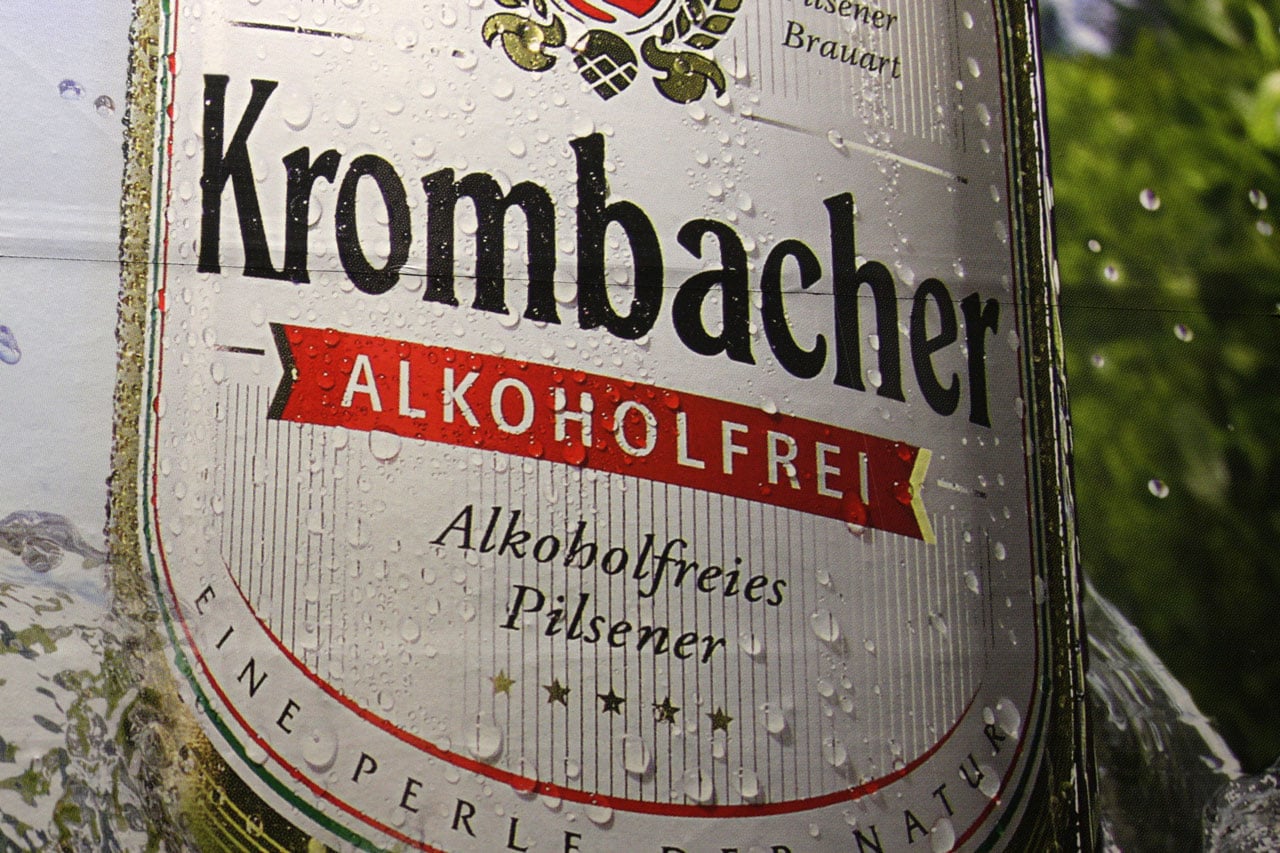Root beer is a carbonated soft drink that pairs well with vanilla ice cream, whipped cream, and some cherries. It’s a common sight at children’s birthday parties. Perhaps that’s why most people associate root beer with a classic soda float.
Sure, its frothy tip closely resembles a beer head, but that’s not exactly where this refreshing beverage got its name.
This article delves into the origins of root beer, its name, and ingredients. You will also learn how it differs from other root-based beers.
Read on to learn more about root beer.
What is root beer?
Modern, commercially produced root beer is usually sweet, foamy, carbonated, and non-alcoholic. It’s often made with artificial sassafras flavouring since the US Food and Drug Administration banned the sassafras plant for use on food. The ban was put into effect when it was discovered that safrole, a major component of sassafras, is carcinogenic.
While root beer was once, as its name suggests, brewed from roots of sassafras plants, commercially made versions no longer have roots in them nor are considered to be healthy drink options. As mentioned, companies use artificial flavours to mimic the taste of the sassafras root without actually using this banned ingredient. Years of experimentation and brewing have brought about the sweet and carbonated brew that you know and love.
History of root beer
Long before the Europeans set foot in the Americas, the natives were already brewing sassafras-based beverages for culinary and medicinal purposes. European culinary practices were eventually applied to the production of these sassafras root beverages, creating a brew similar to what you now call root beer.
It’s also believed that root beer evolved from small beer-brewing practices in medieval Europe and colonial North America, where water was unsafe for drinking and often made people sick to the stomach. Brewed drinks such as tea and beer were the healthier options.
In colonial America, settlers used all sorts of roots to emulate the bitter taste of beer. They brewed local crops along with beverages like the small beer. That’s where the term root beer began. However, this soda drink was yet to be called a beer and was only known as a root-based drink.
A pharmacist named Charles Hires decided to market his brewed root tea as beer. He figured it would be more popular among Pennsylvanian coal miners. After it was marketed commercially in the 1880s, it began to be known as root beer.
After that, commercially-made root beer started to be sold in stores around the 1840s. The drink was initially marketed as a syrup rather than a beverage. Soon after Hires made his root beer mix, pharmacists started adding carbonated water to it. And that’s how it ended as the frothy delectable root beer we know and drink today.
The traditional method
Some of the earliest known root beer recipes date back to the 1860s. Old-fashioned root beer is earthy, healthy, and bold yet sweet. It was made with real roots, herbs, berries, and spices.
While there are several variations of traditional root beer brewing, one specific method involves cooking syrup from water and molasses.
The syrup needs to sit for about three hours to cool down before it can be combined with root ingredients such as sassafras roots, sassafras barks, and wintergreen. Yeast is then added to this healthy mixture and left to ferment for 12 long hours. Once it is ready, the beverage is strained and rebottled for the second fermentation process.
For this particular recipe, you end up with about 2% alcohol content. Of course, this can be altered to produce a drink with higher alcohol content.
What is root beer made of?
Commercial root beer is produced worldwide. Much like traditional brewing methods, there’s no standard recipe. However, the primary ingredients of the modern version are always the same everywhere. You need filtered water, sugar, artificial sassafras flavouring, and other complementary flavours.
Aside from artificial sassafras, companies may also use vanilla, liquorice root, wintergreen, nutmeg, cherry tree bark, acacia, cinnamon, honey, sweet birch, anise, and sarsaparilla root.
What’s the difference between root beer, sarsaparilla, and birch beer?
Root beer, sarsaparilla, and birch beer are common types of non-alcoholic beer. There’s a fine line between these three beverages. While these drinks tend to have slightly similar tastes, they differ when it comes to ingredients.
Sarsaparilla root is an ingredient used in both root beer and sarsaparilla. However, sarsaparilla traditionally contains only one flavouring ingredient – the sarsaparilla. A root beer is more of an adulterated version of the sarsaparilla. It may contain clove, cinnamon, wintergreen, and other roots and spices.
As for birch beer, while it may have a slightly similar taste to a regular root beer, the beverage consists of a completely different set of ingredients. Its primary ingredient is birch oil. It’s extracted either from the roots, twigs or bark of the birch tree. Other than that, this beverage doesn’t contain root extracts similar to the ones used in root beer or sarsaparilla.

Australian root beers
Now that you know what root beer contains and tastes like in other parts of the world, it’s time to explore Australian root beers.
So, what is root beer in Australia?
In Australia, the thin line between root beer and sarsaparilla disappears. They are considered one and the same. So, don’t be surprised if the Bundaberg Sarsaparilla in Australia tastes exactly the same as the Bundaberg Root Beer in Europe.
Bundaberg, Australia’s most popular craft brewery and rum distillery, makes its sarsaparilla brew very fruity and sweet. The root beer’s bite is mellow and sour while the head has a decent amount of frothiness to it. The brand uses a genuine family recipe to brew their root beer. Other than real sarsaparilla roots, their beverage contains liquorice root, vanilla beans, and molasses. That gives the beer a rich dark colour and thick flavour.
Can root beer make you drunk?
Of course, it can if it has enough alcohol content in it. Commercially-produced root beer doesn’t always have alcohol in it, so you won’t become intoxicated after guzzling a few bottles. You may feel bloated – but not drunk. However, if that slight buzz is what you want to achieve, you can always purchase alcoholic root beer or brew your own.





3 Comments
Hmm, this could not have been written by an Aussie. Bundaberg is not synonymous with root beer, in fact in my 60 years I can’t remember seeing it on a shelf, though you do see Sarsaparilla, which is the same drink as root beer, different label. But it’s a less common offering by Bundaberg Brewed Drinks, compared to their ginger beer. But even more synonymous with the name Bundaberg, is rum. Produced by a separate company, the Bundaberg Distilling Company. In Australia when someone says they’ll have a Bundy, it’s the rum that is synonymous with that name, certainly not root beer.
Nobody in Australia drinks ‘root beer’. It’s a stupid American drink that we generally find unpalatable. Bundaberg make it primarily for tourists.
And it’s never been a ‘healthy’ drink, as the key ingredient in traditional root beer is a carcinogen, and has been banned in the USA and elsewhere.
I definitely don’t know much about root beers, so I was wondering why was sassafras banned. Was it some type of narcotic?